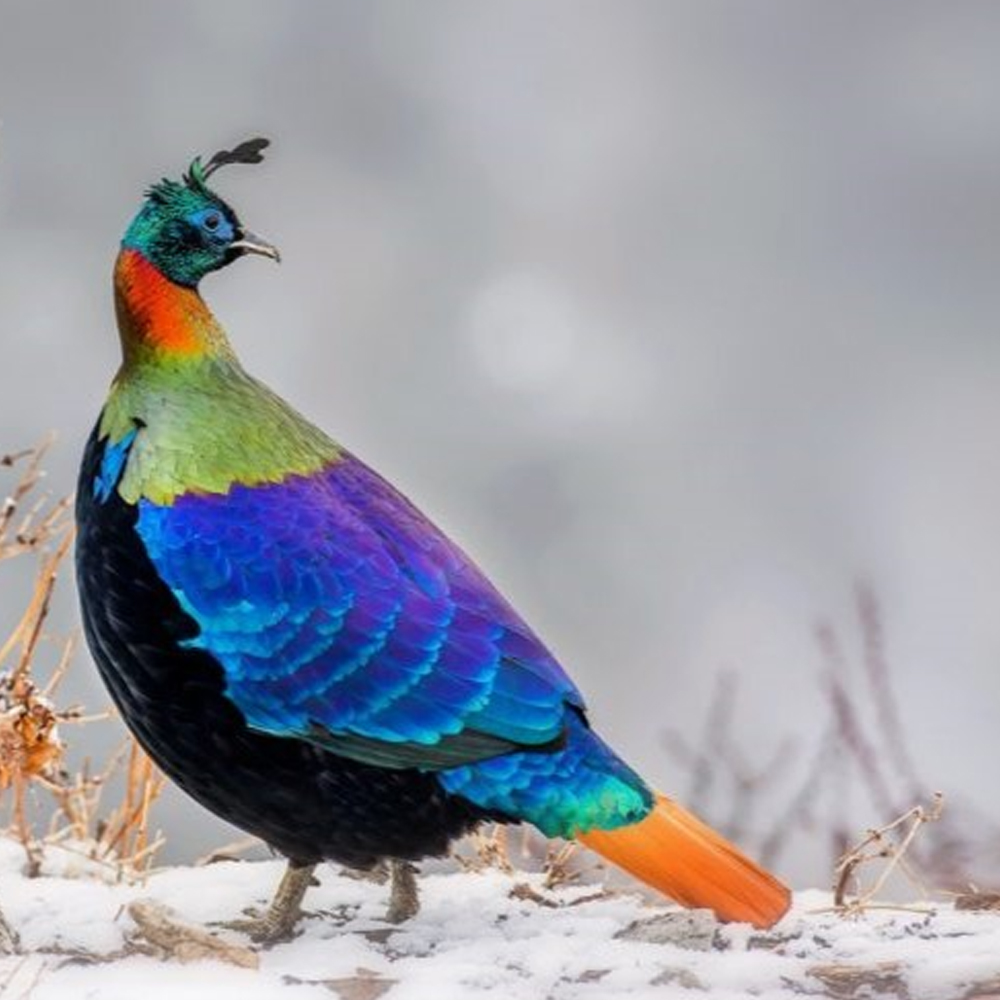
Himalayas: – An Ornitho-Melting Pot
The feathered chirpy creature that is the master of void with the freedom of sky was not content to be landbound in its ancestral form. Hence, metamorphosed itself evolutionarily in order to be buoyant to fly, whiz, swoop, surprise and most importantly delight the birders with their bedizened delicate feathers of various hue, patterns and ostentation.
